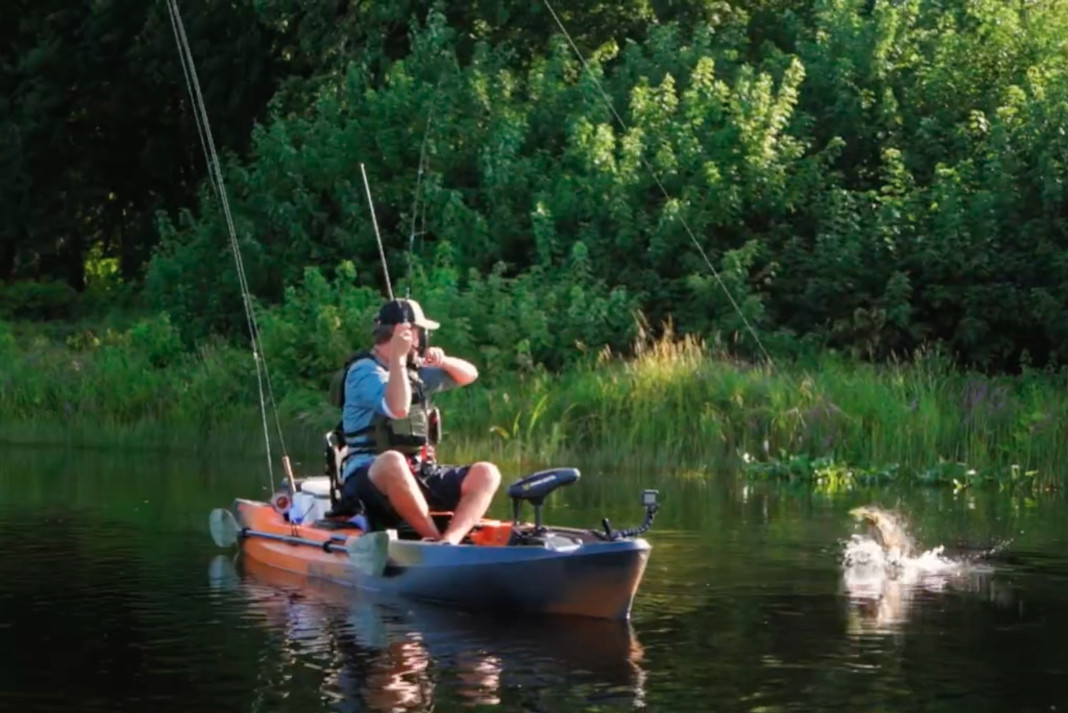Products You May Like
When it comes to types of fishing destinations, rivers are one of the most dynamic environments out there. Pools, rapids, eddies, ledges — the swirling currents of a river system present unique challenges to kayak anglers and with it great rewards. Figuring out how to fish each of the rivers around you may seem like the task of a lifetime, but as angling author and host of the new podcast Cut & Retie, Joe Cermele shares, “If you pattern and learn one river, those rules apply to any river on the planet.”
Fish Different Water Levels
“When you’re trying to pattern and really learn a river, fish it at all different water levels. If you only fish it in the spring when the water is high, you’re only going to learn so much.
“Versus going in the dead of summer. Even though you might think the fishing’s terrible now, it’s going to be clear. You’re going to see the bottom. You’re going to see structures you didn’t know were there, and it’s going to paint a better picture of the river overall.”
Get On The River In Different Seasons
“What goes hand in hand with different water levels is fishing a river in all different seasons. You don’t just want to fish your river when it’s fire in the summer or spring. You want to fish it when it’s a little bit slower in the winter time too, because now what’s also going to relate there is water temperatures and current.
“If you fish a river throughout an entire year, you’re going to figure out when the water temperature hits this, these fish are going to be deep. When the water temperature rises here, they’re going to look for more oxygen and go to areas with faster flows.”
Study The Current
“One of the biggest things you want to look for in a current system is where there’s no current. You’re looking for rocks, trees, bank points, anything that changes or blocks the current is generally a good place to look for fish. That could mean slowing it down enough where you have faster water, and slower water bumping together or a complete dead spot or back current called an eddy behind a rock.
“Generally, where there’s less current amid more current that is where the fish are going to hold.”
